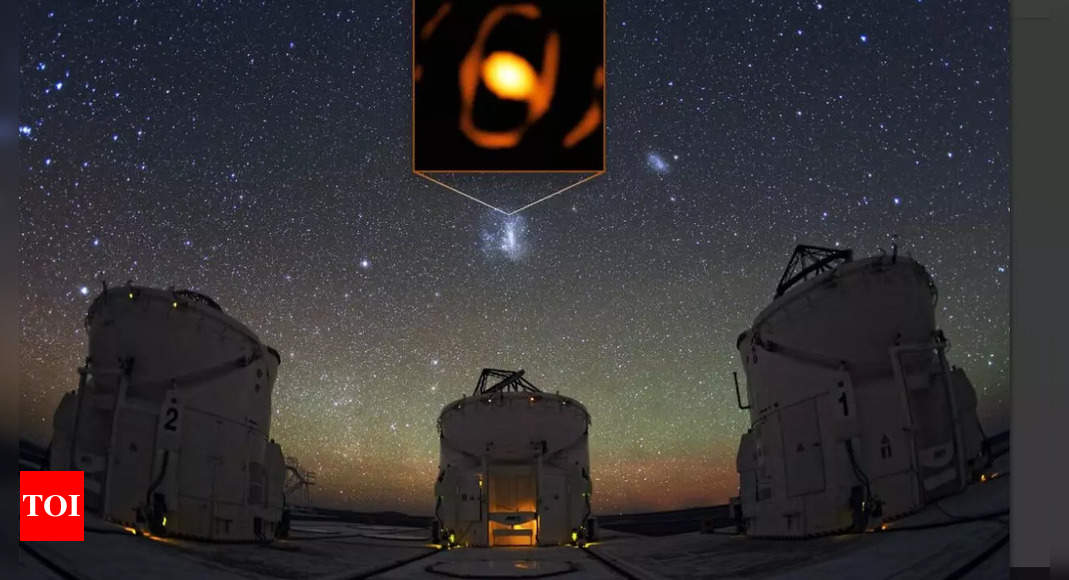
‘Incredibly bright’
“This event is incredibly, incredibly bright,” Yvette Cendes of the University of Oregon told Space.com. “It’s 9 billion light-years away, yet you can still see it at that distance. Typically, we observe TDEs much closer to home.”
The black hole, about 10 million times the mass of the Sun, tore apart the star, an event Cendes and her team are closely studying. Unlike some other distant TDEs, which emit powerful jets of material at near-light speeds, this TDE has shown no such relativistic jets so far.
What are ‘
“TDEs are interesting because they’re basically a unique physical laboratory where you can test things that you can’t test on Earth,” Cendes explained. “We can’t just create black holes here and throw things at them. Studying these events helps us understand what happens when mass gets thrown onto a black hole.”
TDEs occur when a star ventures too close to a supermassive black hole. The intense gravitational pull of the black hole generates extreme tidal forces within the star, pulling it apart and creating something called “spaghettification,” where the star is stretched into long, thin strands of stellar material.
The aftermath of a stellar meal
In AT2023vto, the supermassive black hole only consumed a small fraction of the destroyed star. “When a TDE happens, very little of the star’s mass actually falls into the black hole proper,” Cendes said. “About half the mass is ejected on a long outward trajectory, never to return, while the rest forms an accretion disk around the black hole.”
This sudden surge in activity transforms the black hole from a quiet, star-eating giant into a chaotic and bright centre of light, visible from vast distances.
Discovery and follow-up observations
AT2023vto was first observed on September 9 by the Zwicky Transient Facility (ZTF), which initially identified the bright flash of light as a Type II supernova. However, further analysis by researcher Harsh Kumar at the Harvard & Smithsonian Center for Astrophysics revealed the true nature of the event—a tidal disruption involving a supermassive black hole.
Cendes and her team followed up with observations using the Very Large Telescope (VLT), hoping to detect radio emissions commonly associated with black holes that launch relativistic jets. However, their search yielded no such results. “We didn’t see anything, which helps rule out the presence of a relativistic jet at this time,” Cendes said.
Future prospects
Despite the absence of jets so far, Cendes hasn’t ruled out the possibility of a delayed emission in the future. She previously witnessed a supermassive black hole “burping” out powerful jets years after devouring a star, and she suspects the black hole in AT2023vto may do something similar.
“This is still an ongoing event. The light is still there, and we’re going to keep studying it,” Cendes said. “Just because we didn’t see radio emission now doesn’t mean there won’t be any in the future.”
The team is excited to continue observing this colossal cosmic feast, which could shed light on the mysterious physics of TDEs and the behaviour of supermassive black holes. “There’s just a lot of physics about TDEs that’s still unclear to us right now,” Cendes concluded.









